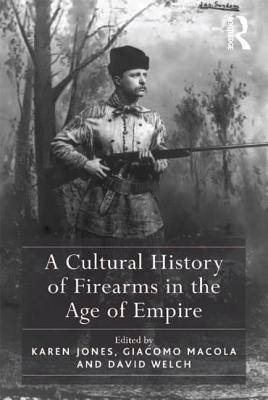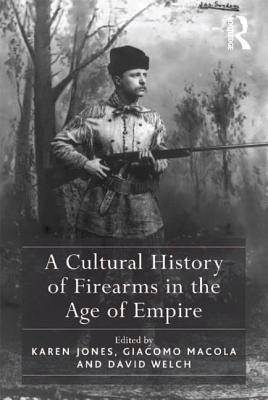
- Afhalen na 1 uur in een winkel met voorraad
- Gratis thuislevering in België vanaf € 30
- Ruim aanbod met 7 miljoen producten
- Afhalen na 1 uur in een winkel met voorraad
- Gratis thuislevering in België vanaf € 30
- Ruim aanbod met 7 miljoen producten
Zoeken
€ 305,45
+ 610 punten
Omschrijving
Firearms have been studied by imperial historians mainly as means of human destruction and material production. Yet, as suggested by constructivist approaches to the history of technology, firearms have always been invested with a whole array of additional social meanings. By placing these latter at the centre of analysis, the essays presented in A Cultural History of Firearms in the Age of Empire extend the study of guns beyond the confines of military history and the examination of their impact on specific colonial encounters. By bringing cultural perspectives to bear on the subject, the contributors explore the densely interwoven relationships between firearms and broad processes of social change.
Specificaties
Betrokkenen
- Auteur(s):
- Uitgeverij:
Inhoud
- Aantal bladzijden:
- 330
- Taal:
- Engels
Eigenschappen
- Productcode (EAN):
- 9781409447528
- Verschijningsdatum:
- 26/08/2013
- Uitvoering:
- Hardcover
- Formaat:
- Genaaid
- Afmetingen:
- 156 mm x 234 mm
- Gewicht:
- 644 g

Alleen bij Standaard Boekhandel
+ 610 punten op je klantenkaart van Standaard Boekhandel
Beoordelingen
We publiceren alleen reviews die voldoen aan de voorwaarden voor reviews. Bekijk onze voorwaarden voor reviews.








